
At first glance, sand can seem a harsh, inhospitable environment – yet dunes are teeming with life. Those flanking the Sefton Coast host a diverse community of rare and beautiful species, including this iridescent northern dune tiger beetle photographed by Alex Hyde while documenting the Gems in the Dunes project, part of the wider Back from the Brink conservation programme. “These ultra-predators are just berserk – speedy and tricky to photograph,” he recalls. “They’ll charge anything that moves.” Habitat restoration work at Sefton – home to Britain’s largest northern dune tiger beetle population – included the creation of open sand patches for such animals to bask on and burrow in.
The setting sun gilds the grasses crowning Sefton’s dunes, signalling a changing of the guard: diurnal species retreat into burrows, while their nocturnal counterparts emerge to feed and mate. “Each morning, little half-moon holes in the slopes reveal where tiger beetles left their burrows,” says Alex, “and tiny tracks spidering the dunes – footprints of insects, sand lizards, natterjack toads – write stories into the sand.” Protection of this habitat, much of which has been destroyed across Britain, is vital; on the Sefton Coast alone, some 81 per cent of bare sand has gone since 1945.
Photography can be challenging in the dunes, where invertebrates such as this sand bear spider are camouflaged against the speckled grains – “when they’re not dashing off to hunt like greased lightning”, adds Alex. This is another species benefiting from habitat management by the Gems in the Dunes team: volunteers clear scrub and create bare sand.
This story is from the August 2021 edition of BBC Wildlife.
Start your 7-day Magzter GOLD free trial to access thousands of curated premium stories, and 9,000+ magazines and newspapers.
Already a subscriber ? Sign In
This story is from the August 2021 edition of BBC Wildlife.
Start your 7-day Magzter GOLD free trial to access thousands of curated premium stories, and 9,000+ magazines and newspapers.
Already a subscriber? Sign In
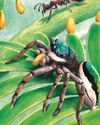
Jump Around - Bagheera Kiplingi - The acrobatic spider with a predilection for veggie food
Spiders eat flies, right? everyone knows that the 45,000 or so spiders in the world are all obligate carnivores, more or less – eating other animals, mainly invertebrates. Nature, however, loves an exception, and one particular spider missed out on that ecological memo. It goes by the wonderful scientific name of Bagheera kiplingi, and its claim to fame is that its diet is – at least mostly – vegetarian.
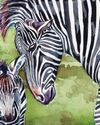
Female of the Species - Zebras - A strong sisterhood is key to staying safe
Zebras are masters of confusion. Their collective noun is ‘a dazzle’, which is fitting since their bodies and behaviour have been surprising scientists for centuries.
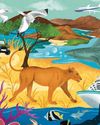
See It, Save It? - Wildlife tourism can be a powerful ally in protecting nature - but it can also harm it. We weigh up the pros and cons.
The sums of wildlife travel aren’t as simple as more tourists equals happier nature. How much did my visit really contribute to the conservation of Lady Liuwa and her habitat – and was that outweighed by carbon emissions from my flights? Did my presence disturb the animals’ natural behaviour more than it reduced the threat of poaching or benefited local communities?The question of whether wildlife travel is, on balance, good for wildlife is a complex one – and there’s no simple answer.

Can Your Really Offset Emissions? - Planning an overseas wildlife-watching trip entails facing some inconvenient truths
Imagine (or maybe you don't need to) that you hanker after the safari trip of a lifetime in sub-Saharan Africa. A 17-day tour beginning at the iconic Victoria Falls, passing through Zimbabwe, Zambia, Malawi and Tanzania, taking in some of the continent’s most wildlife-rich national parks, and ending on the lush island of Zanzibar.
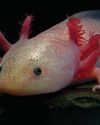
Metamorphosis: a life-changing event
WITH EVOLUTIONARY BIOLOGIST JV CHAMARY
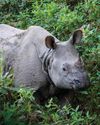
New series for BBC One: Asia
Settle in this autumn for a new natural-history extravaganza on BBC One and iPlayer: the longawaited Asia, presented by Sir David Attenborough.
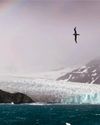
Loss of Antarctic sea ice could impact seabird food supply
Albatrosses and petrels may be forced to fly further to feed
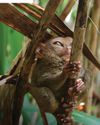
Tarsiers in trouble
Urgent action is needed to ensure survival of the Yoda-like primate

SNAP-CHAT
Chien Lee on shrew loos, rogue drones and being rained out of bed
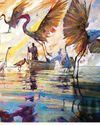
VISIONS OF NATURE
The winners of the Wildlife Artist of the Year competition 2024, from David Shepherd Wildlife Foundation